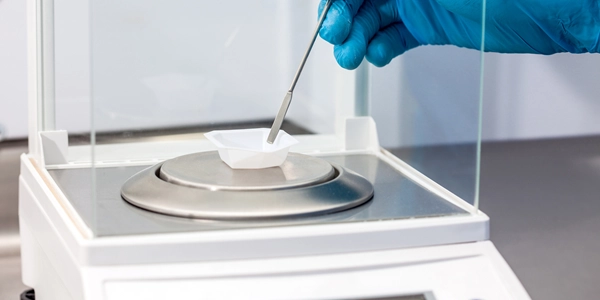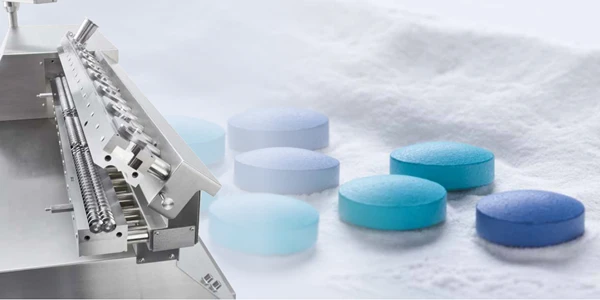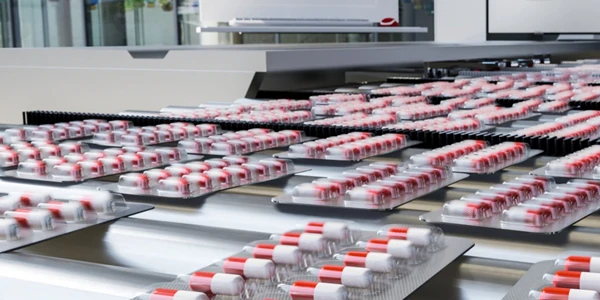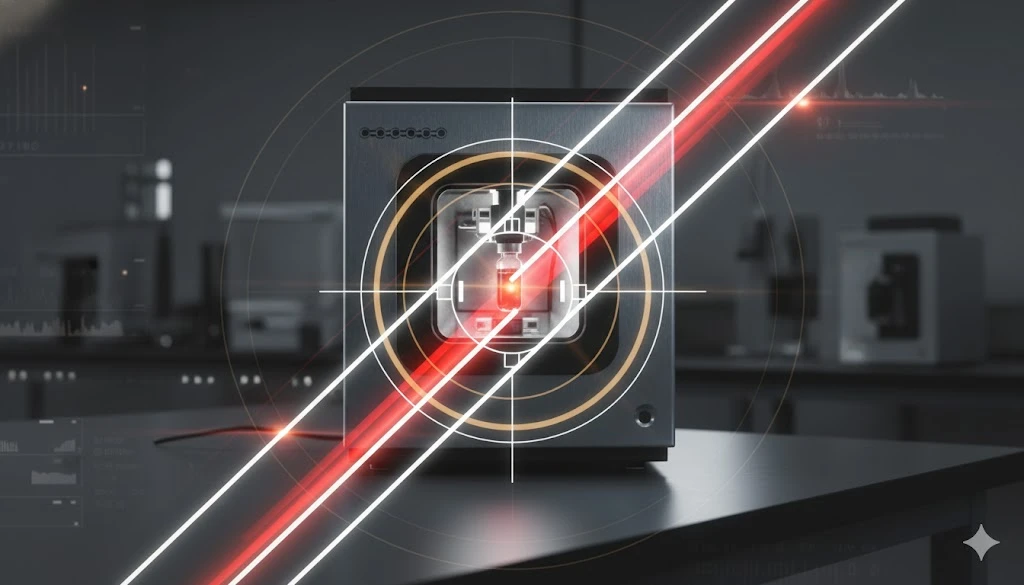Evaluating Ease of Use and Flexibility in Laboratory Balances

When selecting a laboratory balance, most users focus first on accuracy, readability, and capacity. However, ease of use and flexibility are equally critical—especially in high-throughput environments or labs with multiple users. A balance that is intuitive to operate, easy to clean, and adaptable across different workflows can save time, reduce training needs, and minimize errors.
Below are the top factors to evaluate when considering ease of use and flexibility in lab balances:
1. User Interface & Display
Why it matters: A balance with an intuitive interface minimizes training and user error.
What to look for:
- High-resolution touchscreen or backlit LCD
- Multilingual support
- Guided calibration and weighing functions
- Clear status indicators and prompts
2. Multiple Weighing Modes
Why it matters: Flexible modes streamline tasks without requiring manual calculations or separate tools.
Common modes include:
- Percent weighing
- Dynamic/animal weighing
- Density determination
- Formulation/mixing
- Checkweighing
- Counting
- Statistics
3. Ease of Cleaning & Maintenance
Why it matters: Regular cleaning is critical for maintaining accuracy and preventing contamination, especially in regulated environments.
What to look for:
- Smooth, sealed surfaces with minimal crevices
- Removable pans and draft shields
- Tool-free disassembly
4. Calibration Options
Why it matters: Easy calibration ensures consistent performance with minimal downtime.
What to look for:
- Automatic internal calibration
- On-demand or temperature-triggered recalibration
- Easy access to external calibration functions
5. Connectivity and Integration
Why it matters: Digital flexibility allows balances to fit into modern, paperless workflows.
What to look for:
- USB, Ethernet, Wi-Fi, or RS-232 ports
- Direct export to LIMS, ERP, or spreadsheet software
- Barcode scanner or printer support
6. Multi-User Access and Security
Why it matters: User-specific permissions and audit trails support regulated environments and ensure traceability.
What to look for:
- Individual user accounts or PIN access
- Role-based permissions
- Audit logs compliant with GLP/GMP or 21 CFR Part 11
7. Portability and Space Efficiency
Why it matters: Compact or portable balances offer flexibility in tight or mobile lab setups.
What to look for:
- Small footprint
- Battery-powered or low-power operation
- Built-in carrying handles or optional carrying cases
Conclusion
The most accurate lab balance in the world won’t deliver consistent results if it’s difficult to use or maintain. By prioritizing usability and flexibility—alongside traditional performance specs—you can ensure your investment supports both efficiency and data integrity across your lab team.










